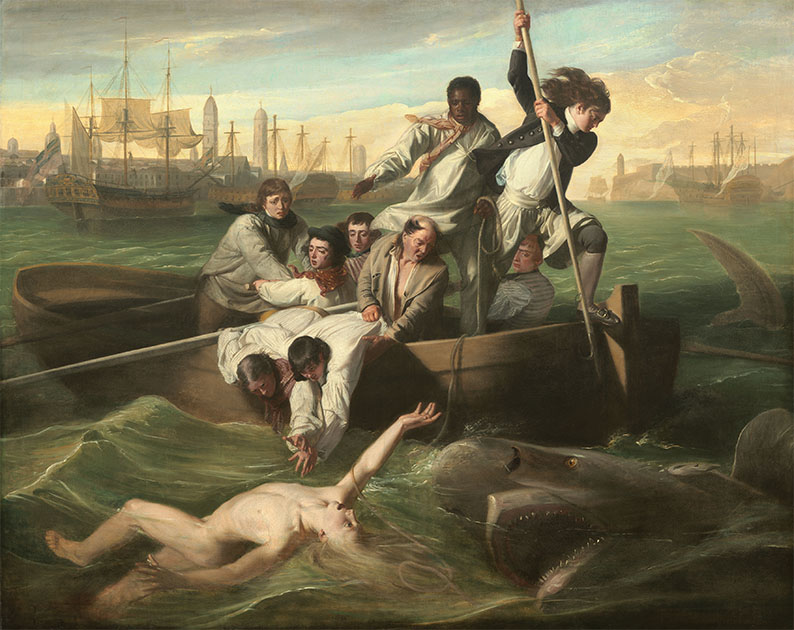During the American Revolution, four times more black Americans served as loyalists to the Crown than served as patriots. They joined the British in high numbers in response to promises of emancipation. And yet the enduring memory of black participation in that war would become the image of the faithful slave. The fact of black self-determination during the Revolution, and the bizarre cultural memory that developed to suppress and obscure it, inaugurated a powerful and enduring American theme. The fantasy of the patriot slave continues to haunt us and to limit us. It is a tendency to think of black people as supporting characters in the national drama—not so much as a selfless people (on the contrary, we are often smeared as freeloaders) but as people without any real selves worth bothering about.
The truth is that black people, like all people, tend to act out of personal hopes and personal fears, and not solely to fulfill the wishes or confirm the fears of whites. This may sound obvious, but it has often come as a surprise. White America seems trapped in a dream only occasionally disturbed by dramatic proofs of black agency, or of black indifference to its priorities. But soon the default view reestablishes itself: that blacks are the white man’s boogeyman or burden, his “original sin,” his project for personal moral salvation, or his tool.
W. E. B. Du Bois observed, in 1903, that white interlocutors were always curious about how it felt to be part of what they then termed “the Negro problem.” “Being a problem is a strange experience,” he reflected, “peculiar even for one who has never been anything else.” It is no less strange to be looked upon as a solution—a dumb instrument waiting for the right hand and the right task. The view of the black American as a subsidiary character in the white man’s epic, whether cast in the role of villain or of friend, denies us our own personhood. It also denies all Americans the joint strength of a truly shared national vision, and the stability of a course directed by mutual concern, respect, and concessions.
In this critical election year, candidates are once again vying for the “black vote.” At the same time, some states, bowing to political and economic pressure, have begun to ease the stay-at-home restrictions that diminish the spread of COVID-19, a disease that is far from contained and that has proved disproportionately deadly to black Americans. It may therefore be time to review the history of a persistent national delusion: that blacks are happy to die for the liberty and prosperity of those who would keep us powerless and poor. We are not.

Watson and the Shark, 1778, By John Singleton Copley (National Gallery of Art)
Watson and the Shark, a 1778 painting by the Anglo-American artist John Singleton Copley, provides an early moment of clarity on race in American life. It features a rowboat heavy with men working desperately. Some of them are employed with the oars, while another stands wild-eyed, aiming a harpoon at a shark circling the little craft. Three other men almost tilt the boat toward the viewer in their efforts to save a young man in the foreground, a pale, naked figure sinking into the water, but the victim’s shocked gaze fails to connect with them.